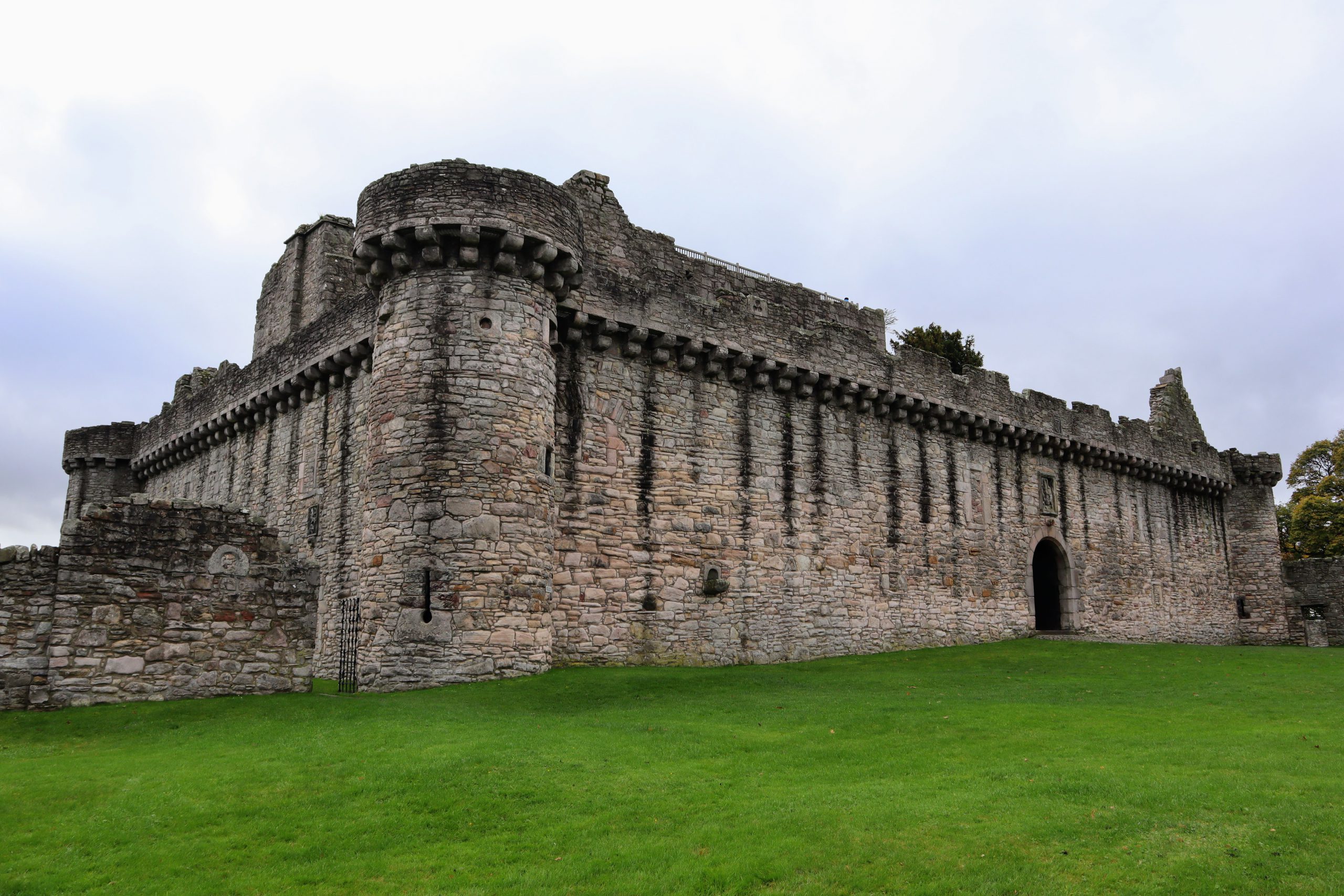The medieval Craigmillar Castle is located with-in the confines of the city of Edinburgh, approximately three miles southeast from the city centre.
| Built | 14th Century Onwards |
| Type | Medieval Castle |
| Condition | Ruinous – Major Stonework Intact |
| Ownership | Historic Scotland |
| Access | Public – Admission Fee |
Click here to watch our video exploring Craigmillar Castle and discover it’s history
Early history
The Preston family were first granted land in the area of Craigmillar by King David II in 1342 which entitled them to two-thirds of the Craigmillar estate. Just over 30 years later in 1374, King Robert II granted the remaining lands to Sir Simon de Preston. By this time the family name was well known in the area and to symbolise their power they began to build on the land.
This first phase of construction, which is believed to have begun in the late 1300’s and been completed by 1425, consisted of a four story tower house, which forms the centrepiece of the castle. The structure was primarily designed and built for residential purposes rather than defence, however it was built on a rocky outcrop and did have a few defensive qualities designed to deter marauders from entering.
The house had a traditional manor house configuration with storage on the ground floor, a grand hall on the first floor and plush bedrooms and accommodation on the upper floors. Constructed in an ‘L’ shape, the entrance led onto a stairwell which provided access to all levels. The design of the tower itself could well have been inspired from David’s Tower at Edinburgh Castle which was built earlier in the middle of the 14th century.


Holy Relic
Sir William Preston (1417-1453) became renowned when he bequeathed to St Giles’ Church in Edinburgh a sacred arm bone of St Giles, the City’s patron saint. William had acquired the relic in France but how he did is unknown. When William died in 1453 he was buried at the church and in 1455 the town council honoured him by building an additional aisle at St Giles in his memory. Unfortunately the relic vanished at the Reformation in 1560.
Royal Murder?
In 1479, William’s grandson, Simon III was implicated in the murder of a member of the royal Stewart house.
King James III had a younger brother, John Stewart, Earl of Mar who James resented due to his popularity.
James had John locked up following a dream where a witch warned him that he would die at the hand of his nearest kin. Simon was tasked with holding John and brought him to Craigmillar Castle. It is not known where in the castle he was held but it would not have been in the basement prison due to his status.
Some time later, Simon arranged for John to be transferred to a house in Canongate in Edinburgh. It was here that shortly after his arrival he was found dead in the bath with his throat cut.
King James III did not escape his premonition, however it was his own son, James IV, who was implicated in his downfall.
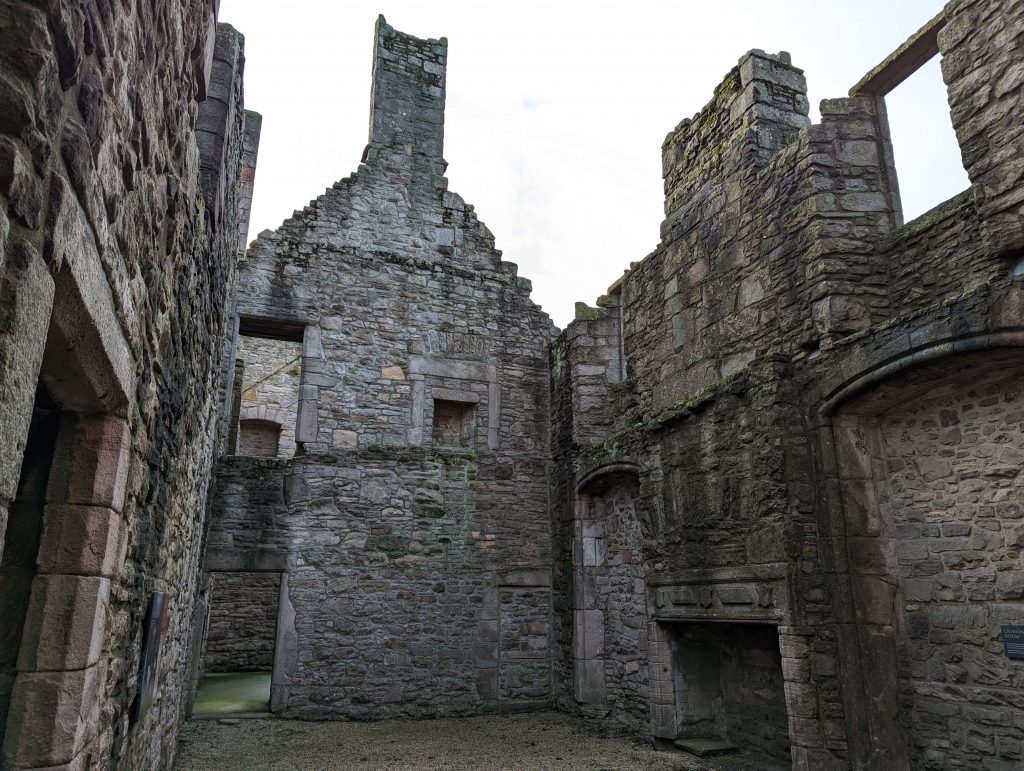
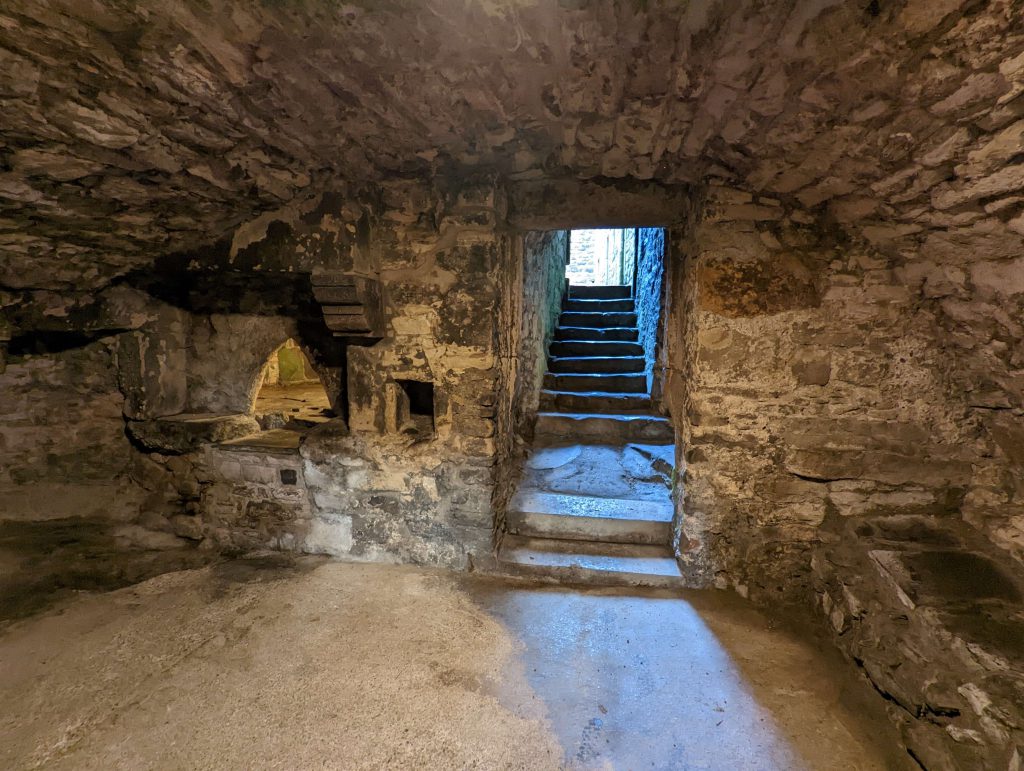
Expansion
Over the generations the Preston family extended Craigmillar castle, starting in the mid to late 15th century with an inner courtyard and wall that surrounded the tower house. The walls were thick with battlements, machicolations and round towers that had gun holes and were placed at each corner of the courtyard. The south-east tower included a secondary entrance gate and the main gate was on the north wall. Over the arched gate the arms of the Preston family could be found with the royal arms of Scotland above.
Work continued through the 15th and 16th centuries with the construction of the east and west ranges. The east range consisted firstly of kitchens which were later turned into accommodation and were connected to the tower via a corridor. The west range potentially served as the administrative centre of the castle.
The outer court and walls were then constructed, these were lower and thinner than the inner walls but encompassed a larger area and housed a chapel built around 1520, a dovecote and gardens.
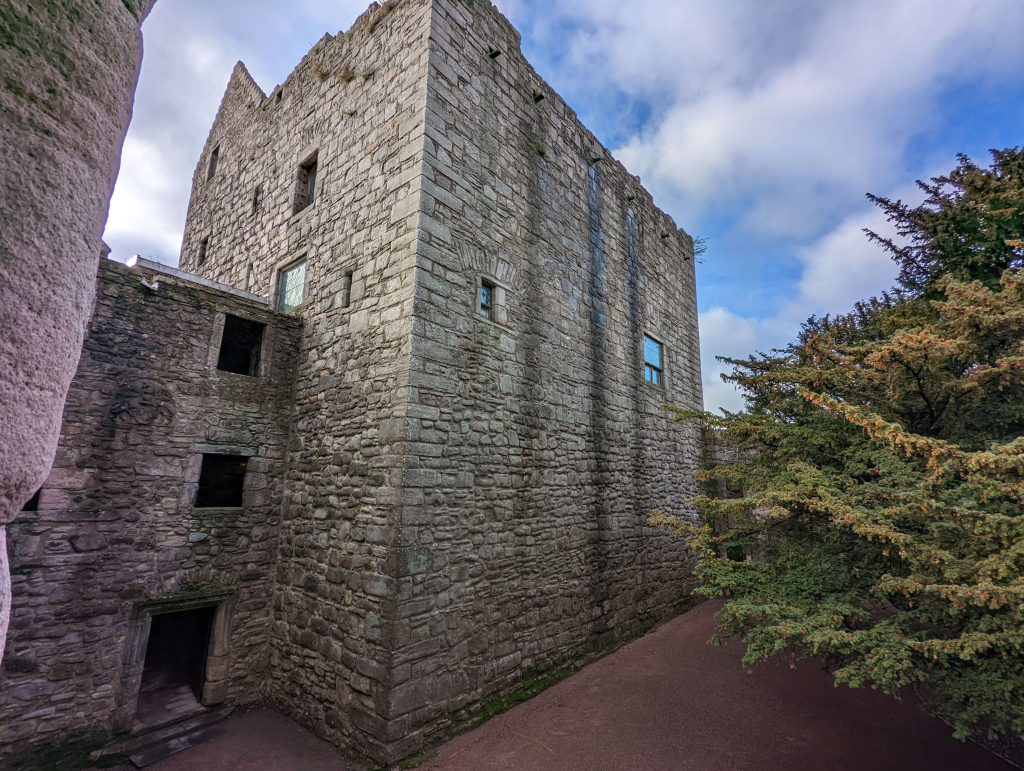
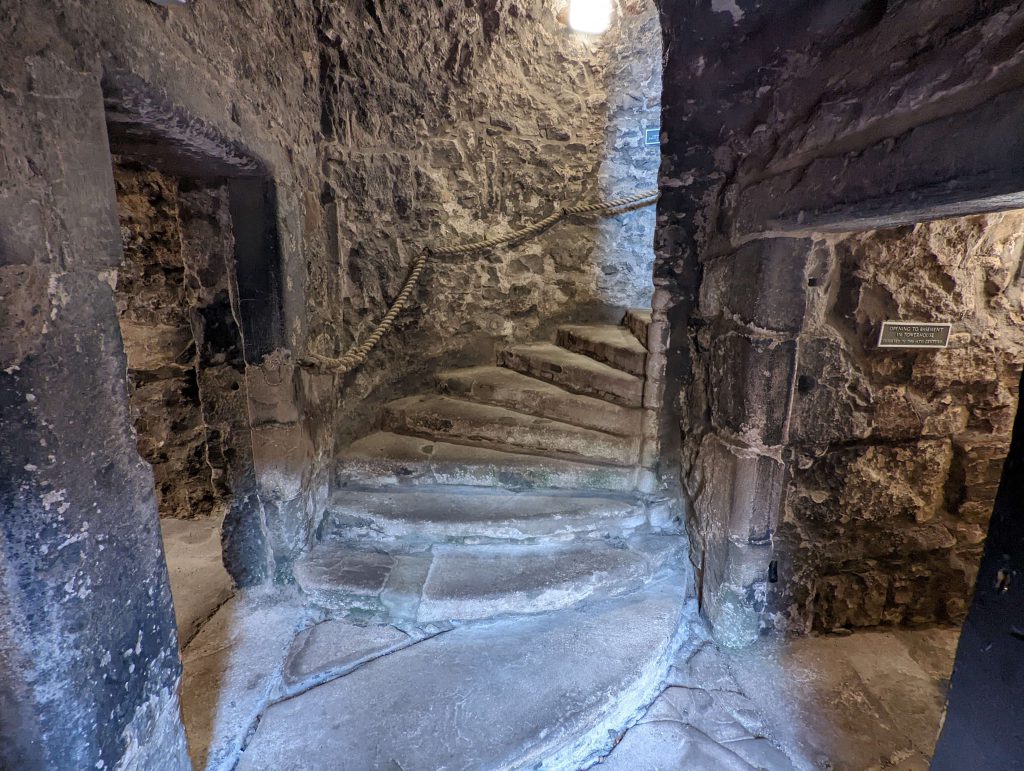
Mary Queen of Scots
During The Eight Years War 1543 – 1551 (part of the Anglo-Scottish Wars of the 16th century), King Henry VIII of England attempted to impose a forced marriage between Edward, Prince of Wales and Mary, Queen of Scots. During this time English troops under the Earl of Hertford sacked Edinburgh and proceeded to burn Craigmillar Castle.
Sir Simon Preston (d1569) had the castle repaired and took the opportunity to remodel some of the buildings in the courtyard.
Sir Simon was a key supporter of Queen Mary and had been with her during her time in France. As a reward for his loyalty, Queen Mary appointed him to her Privy Council. Queen Mary stayed at Craigmillar on more than one occasion as Scottish nobility did like to take a break from living in Edinburgh Castle or Holyrood.
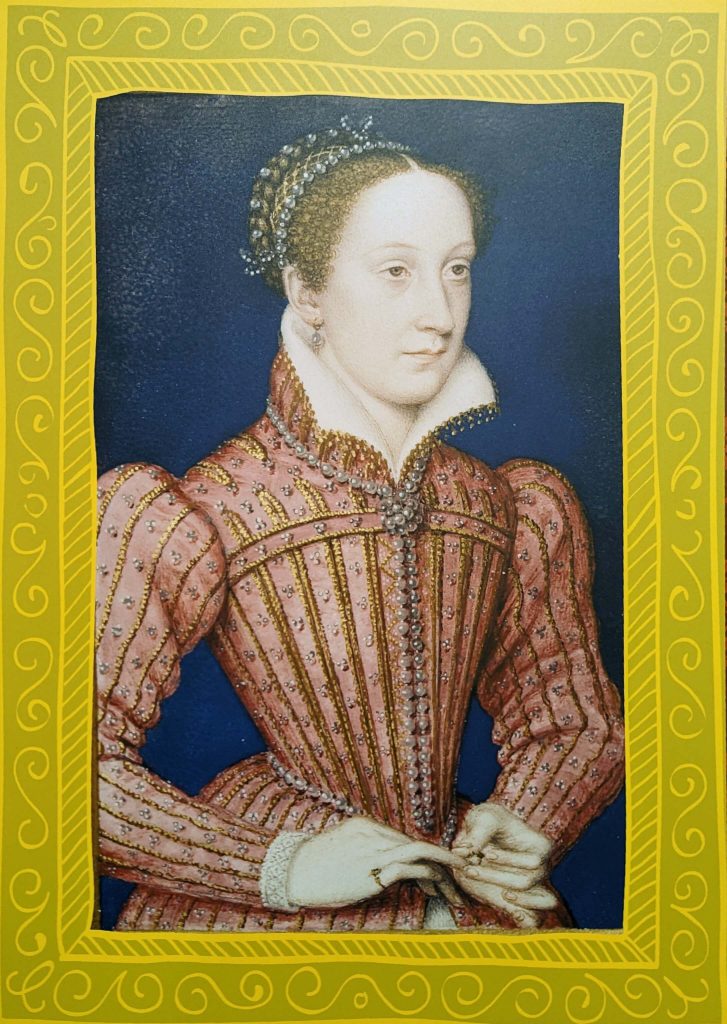
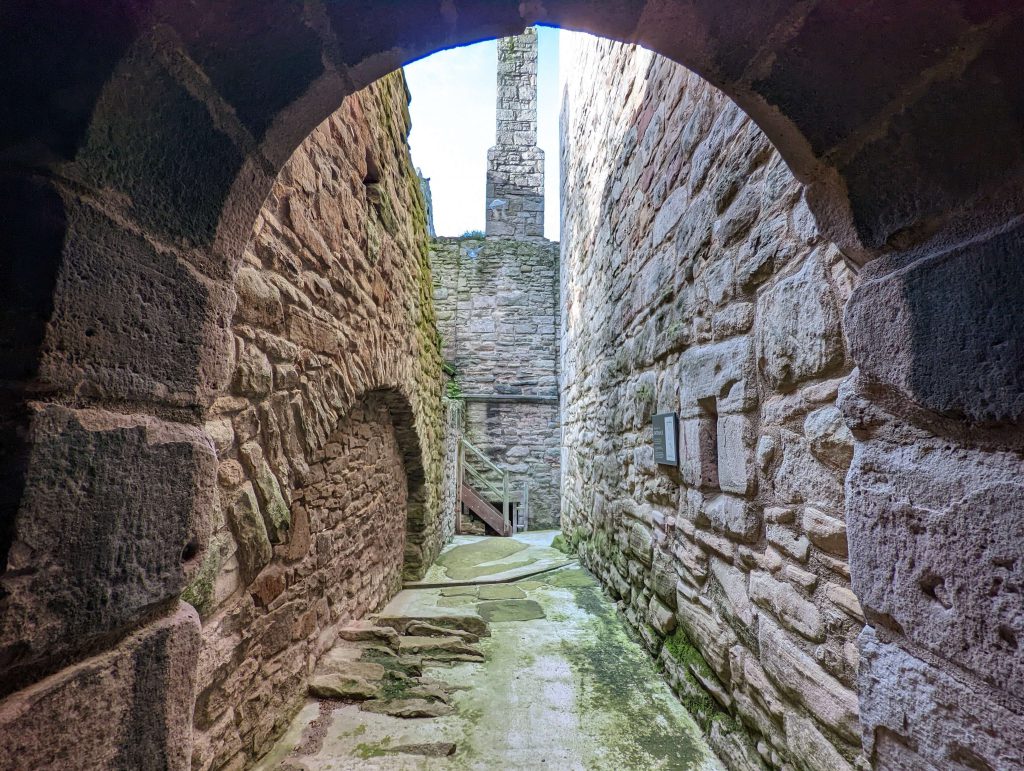
In 1566, Queen Mary came to stay at Craigmillar after falling ill following the birth of her son (future James VI) and was in a state of depression. She came to seek rest and peace.
It was during Mary’s three week stay that a pact known as the Craigmillar Bond was made between the earls of Bothwell, Argyll and Huntly. It is not fully known if Mary knew about the arrangement, but essentially it was a plot to dispose of her husband Henry Stuart, Lord Darnley, who was a very unpopular person. It was originally intended that Darnley would be invited to stay at Craigmillar where the conspirators presumably would execute their plans, but he decided against that (possibly sensing danger). Instead he stayed in his house Edinburgh where he was found murdered in February 1567.
Mary then married Bothwell, who was involved in the plot to kill her previous husband. Whether this was her choice or she was forced to marry him is not known, but the marriage caused problems for her and rebellions began to take place which eventually led to her downfall.
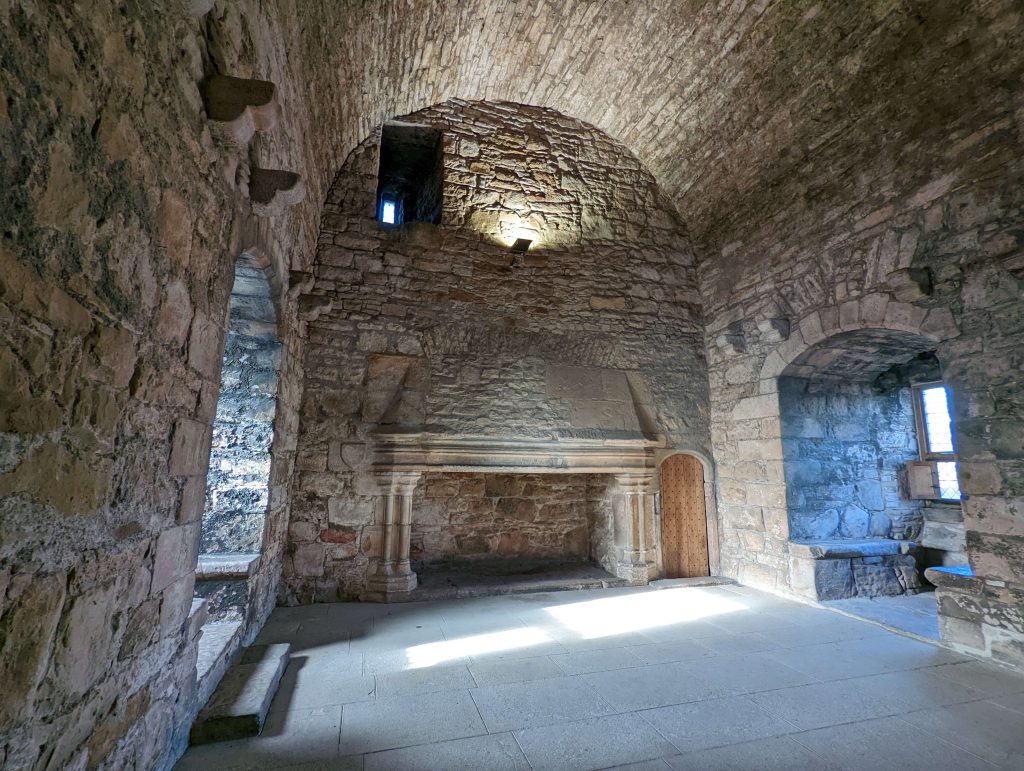
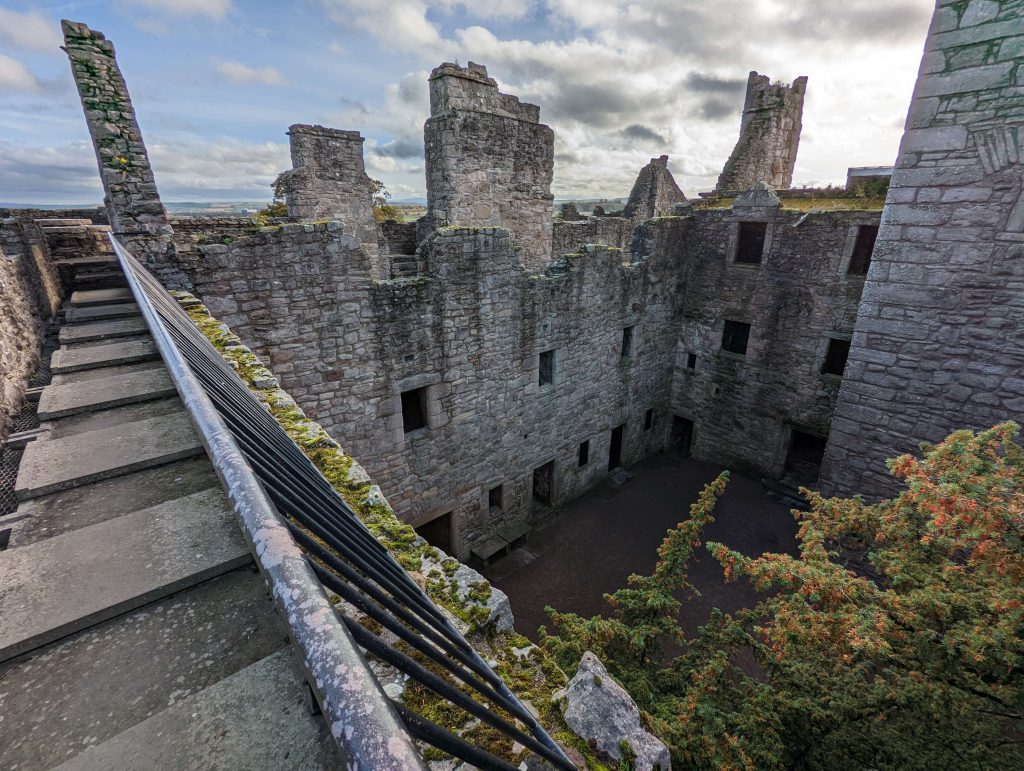
Gilmour Family
By the early part of the 17th century the Preston family had begun to lose their prominence. Sir Robert Preston died in 1639 and Craigmillar was passed on to David Preston, a distant cousin. David’s son decided to sell the castle and it was bought by Sir John Gilmour in 1660.
Gilmour was a royalist and very much in favour with King Charles II. When Charles was restored to the throne he was subsequently rewarded for his loyalty and became Lord President of the Court of Session in 1661. With his new status, Gilmour went on to rebuild the west range and outer courtyard of the castle and provide additional accommodation through the 1660s.
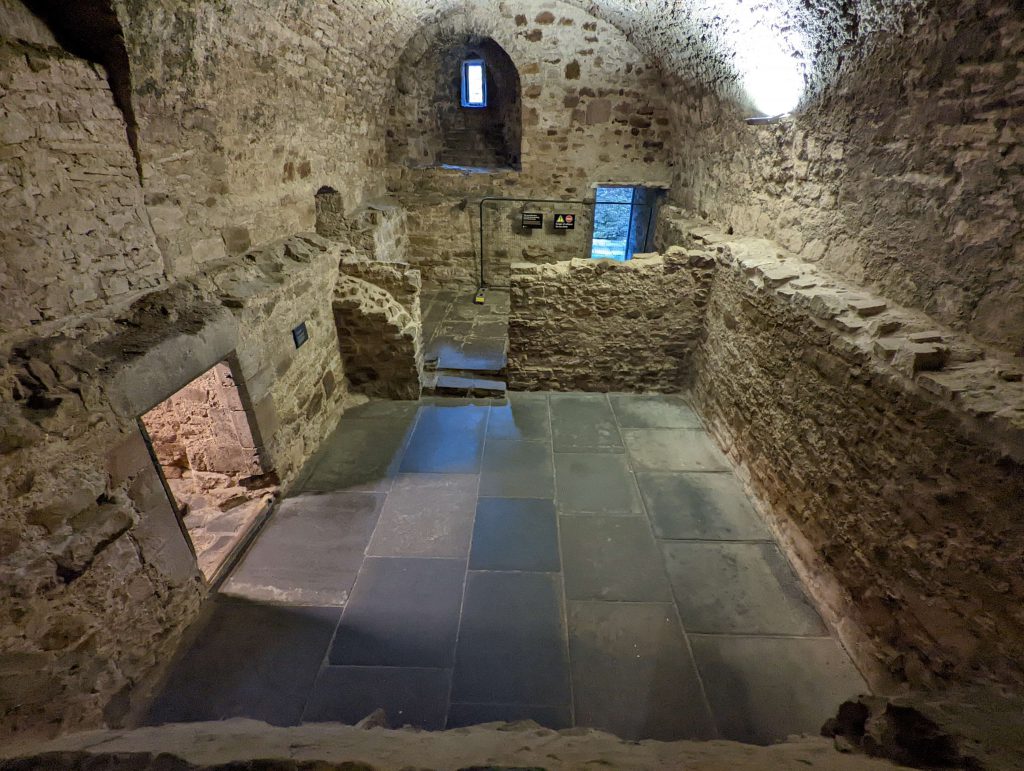

However by the mid 18th century the descendants of Gilmour found the castle to be unsuitable and the family left. By 1775 it was reported as ruinous and while there were plans drawn up to renovate the building for the use of Queen Victoria in the mid 19th century, nothing came of it.
Today
In 1949 Sir John Little Gilmour entrusted Craigmillar Castle under the care and maintenance of the public body Historic Environment Scotland.
Click below to explore Craigmillar Castle with us

